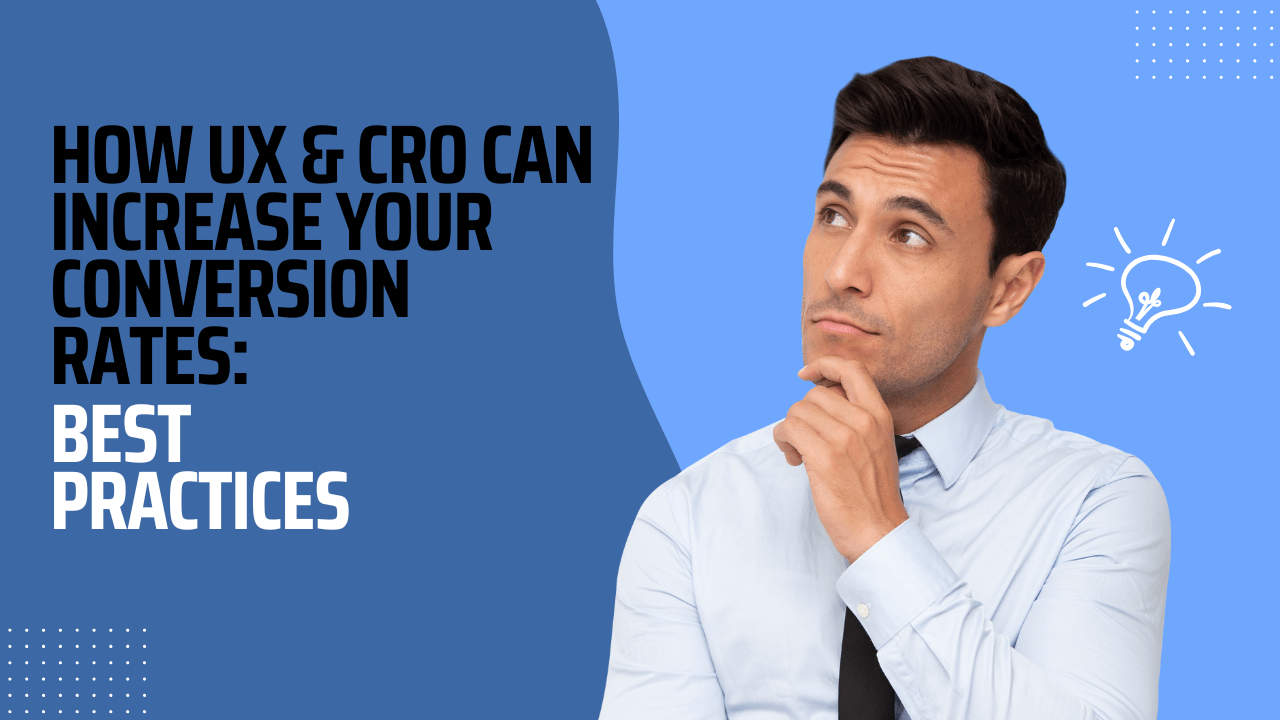How to Analyze Local SEO Competition: Uncovering the Secrets to Success
In today’s competitive digital landscape, the success of a website is not solely determined by the volume of traffic it receives but by how effectively it converts visitors into customers. User Experience (UX) and Conversion Rate Optimization (CRO) are two critical factors that play a pivotal role in increasing conversion rates. For businesses in Kerala, where the digital market is growing rapidly, understanding and implementing UX and CRO best practices can make a significant difference in achieving business goals.
The Synergy Between UX and CRO
UX and CRO are often seen as separate entities, but they are intrinsically linked. UX focuses on creating a seamless, enjoyable experience for users, while CRO is about optimizing that experience to drive specific actions, such as making a purchase or signing up for a newsletter. When these two elements work together, the result is a website that not only attracts visitors but also encourages them to take the desired actions.
1. Understanding User Behavior
To effectively improve UX and CRO, it is essential to understand how users interact with your website. This involves analyzing data such as user journey, bounce rates, and heatmaps to identify areas where users may be dropping off or facing challenges. By gaining insights into user behavior, businesses can make informed decisions about design and content changes that will enhance the overall experience and lead to higher conversion rates.
2. Simplify Navigation
A cluttered or confusing navigation system can frustrate users and lead them to abandon your website. Simplifying navigation by using clear, descriptive labels and organizing content logically helps users find what they are looking for more easily. This not only improves the user experience but also increases the likelihood of conversions, as users are more likely to take action when they can quickly and easily access the information they need.
3. Optimize for Mobile Devices
With the increasing use of mobile devices in Kerala, ensuring that your website is mobile-friendly is no longer optional—it’s essential. A responsive design that adapts to different screen sizes and provides a consistent experience across all devices is crucial for both UX and CRO. Mobile optimization includes simplifying forms, ensuring fast load times, and making buttons and links easily tappable. A mobile-optimized website ensures that users can navigate and interact with your site effortlessly, regardless of the device they are using.
4. Use Persuasive Design Elements
Design elements such as colors, fonts, and images play a significant role in influencing user behavior. Using persuasive design elements that align with your brand and appeal to your target audience can help guide users towards conversion. For example, using contrasting colors for call-to-action buttons can make them stand out and encourage users to click. Additionally, high-quality images that showcase your products or services can create a positive first impression and build trust with potential customers.
5. A/B Testing for Continuous Improvement
A/B testing is a powerful tool for improving both UX and CRO. By testing different versions of a webpage—such as variations in headlines, images, or call-to-action buttons—businesses can determine which elements are most effective in driving conversions. Continuous A/B testing allows for data-driven decisions that lead to ongoing improvements in user experience and conversion rates.
6. The Role of Technical Health in UX
A website’s technical health directly impacts its user experience. Slow load times, broken links, and poor site structure can frustrate users and lead to high bounce rates. This is where the importance of technical SEO audits for website performance comes into play. Regular technical audits help identify and fix issues that could be hindering user experience. By ensuring that your website is technically sound, you create a smooth, fast, and reliable experience for users, which in turn enhances your CRO efforts.
Maximizing ROI with PPC and Paid Media Campaigns
PPC (Pay-Per-Click) and paid media campaigns are vital tools for driving targeted traffic to your website. However, the effectiveness of these campaigns is heavily influenced by the user experience on your landing pages. A well-designed landing page that is aligned with the ad’s message and optimized for conversions can significantly improve your return on investment (ROI).
1. Consistency Between Ad and Landing Page
One of the most important aspects of PPC and paid media campaigns is maintaining consistency between the ad and the landing page. The landing page should deliver on the promise made in the ad, whether it’s an offer, product, or service. This consistency builds trust with the user and encourages them to convert. Mismatched messaging can lead to confusion and frustration, resulting in lower conversion rates and wasted ad spend.
2. Focus on User Intent
Understanding user intent is crucial when designing landing pages for PPC campaigns. The landing page should be tailored to meet the specific needs and expectations of the user. For example, if a user clicks on an ad for a product, the landing page should provide detailed information about that product, along with clear calls to action. By aligning the landing page with user intent, you increase the likelihood of conversions.
3. Streamline the Conversion Process
The conversion process on your landing page should be as simple and straightforward as possible. This includes minimizing the number of form fields, offering multiple payment options, and providing clear instructions for the next steps. A streamlined conversion process reduces friction and makes it easier for users to complete the desired action, thereby increasing conversion rates.
Conclusion
By focusing on UX and CRO, businesses can significantly improve their website’s ability to convert visitors into customers. A well-designed, user-friendly website that is optimized for conversions not only enhances the user experience but also drives business growth. Additionally, integrating technical SEO audits and optimizing landing pages for PPC campaigns can further boost conversion rates and maximize ROI. Implementing these best practices will help businesses stay competitive in the ever-evolving digital landscape.



